by Pritish Vaidya
How to build a flip timer in React Native

Introduction
A Flip Timer is a digital time keeping device with the time indicated by numbers that are sequentially revealed by a split-flap display.
This article will demonstrate the building of a Flip Timer in React Native using its exposed APIs and no additional dependencies.
Challenges to overcome
- Implement
transform-originproperty using your College Math Course matrices techniques since it is not supported in React Native. Rotation around the centered origin (by default) is easy, but we need to translate origin and rotate around the edges. - Implementation of Flip Number component.
- Overcome
overflow: hiddenissue in android since it doesn’t work with absolute positioned elements.
Contents
- Implement Flip Number Component
- Implement FoldView
- Basic Layout
- Overcoming the Challenge
- Adding the Transformations
- Adding the Animations
3. Update Timer Component
4. Final Result
5. Links
Implement Flip Number Component
Basic Layout
The Basic Layout consists of two cards — upper and lower joined together so that the view looks like a Flip Timer.
Number Card
It is a basic layout consisting of a wrapper and two cards — lower, upper.
Note: Lower Card has the previous number added to it. Its use will be revealed once we reach the FoldView implementation.
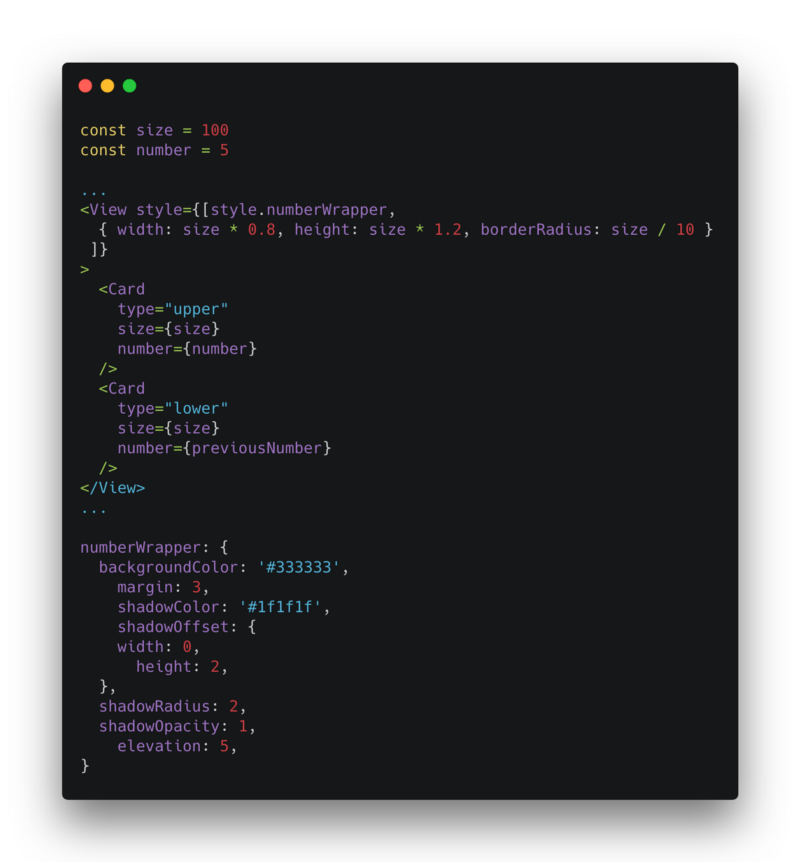
Card
The wrapper of the card has overflow: hidden, and we’re translating its items (number) based on the type of the card (upper or lower).

Implement FoldView
Basic Layout
To build FoldView we need two FlipCards similar to NumberCards but with absolute positioning so that they are above the NumberCards when flip animations are applied.
Number Card
Adding FlipCard component to the NumberCard component.
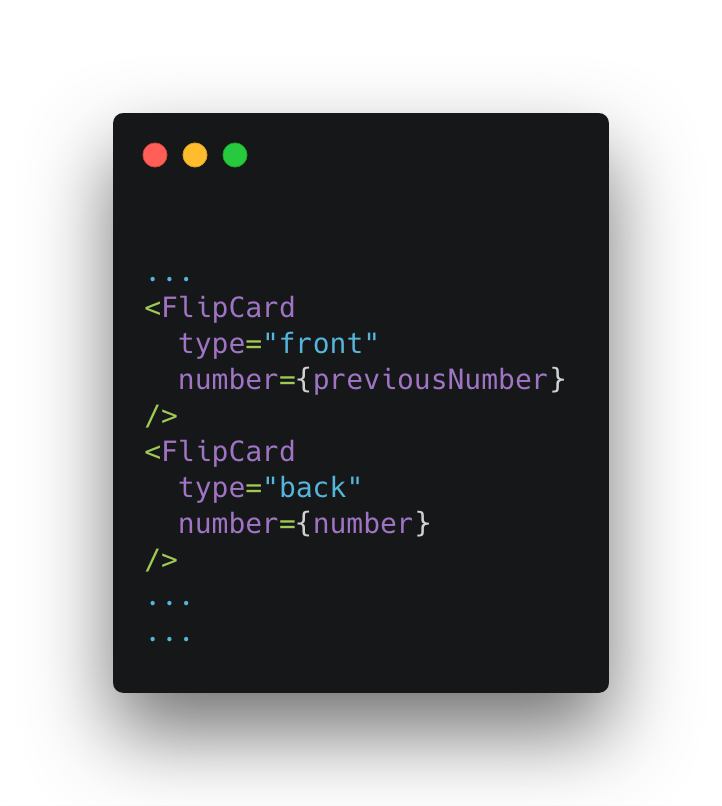
Flip Card
The FlipCard component is an animated wrapper with absolute positioning used while applying flip animation.
Challenge (Part 2 and Part 3): overflow: hidden with absolute positioning has major issues in android. Using this StackOverflow post, it can be solved by using an overflow container inside the absolute positioned element.

Final Result
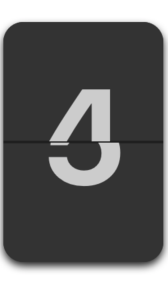
Overcoming the Challenge
Now comes the hard part. We need to add fold the FlipCard component along the edges.
Since React Native doesn’t support transform-origin property, we need to find some other way to shift the rotation origin on the bottom edge.
Fortunately, there is one way to overcome this issue. According to this awesome article and reading the MDN docs for the transform-origin property, it can be implemented using matrices.
Utils
React Native exposes several matrix operations in the MatrixMath.js. The important ones that we require are
- Identity Matrix: It returns a 4 * 4 identity matrix
[1, 0, 0, 0, 0, 1, 0, 0, 0, 0, 1, 0, 0, 0, 0, 1]

- Multiply Matrix: This utility method generates output based on the multiplication of 4*4 matrices
aandbsupplied as input.

- Rotate Matrix: It is a custom utility method that will take a 4*4 matrix and degree to which it will be rotated to then multiply it to the original matrix to return the generated result.

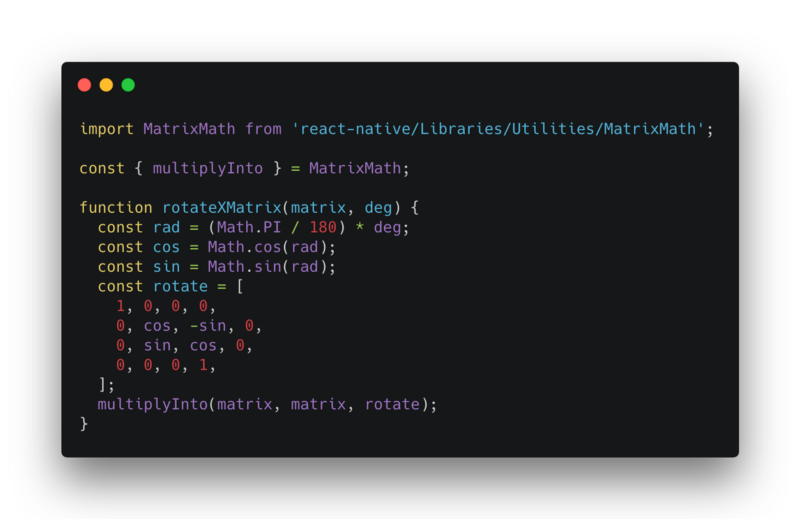
- Perspective Matrix: This utility method will allow us to use the perspective style to React Native and then multiply to the original 4*4 matrix.
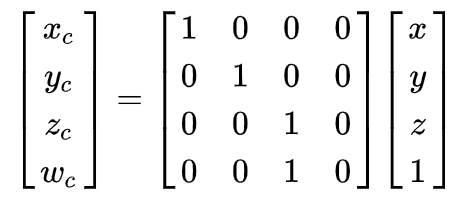
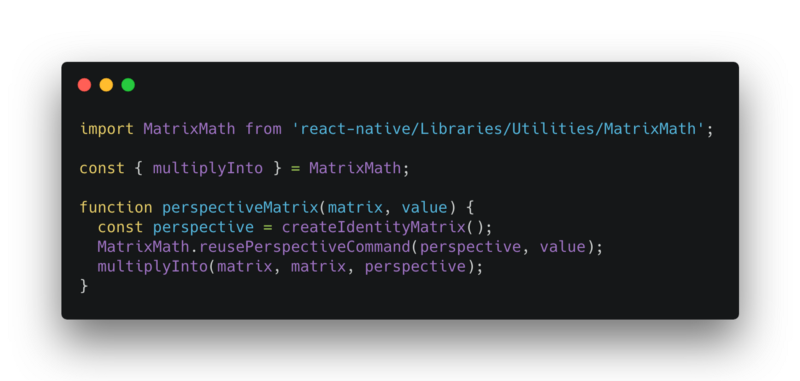
- Translate Matrix: This utility method will translate the origin and modify the original 4*4 matrix
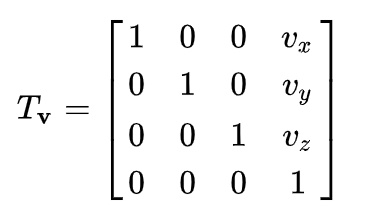

- Un-Translate Matrix: This utility method will un-translate the origin and modify the original 4*4 matrix
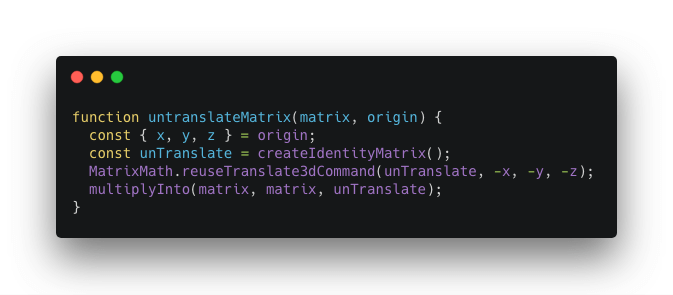
Adding the Transformations
deg is the degree to be rotated and y is the height of the component to which it will be translated.
Challenge (Part 1): Combining the utils from the above, transform-origin is implemented successfully.

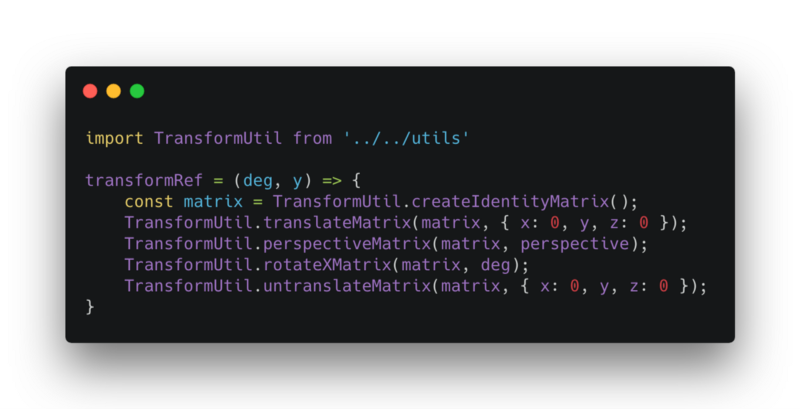
Adding the Animations
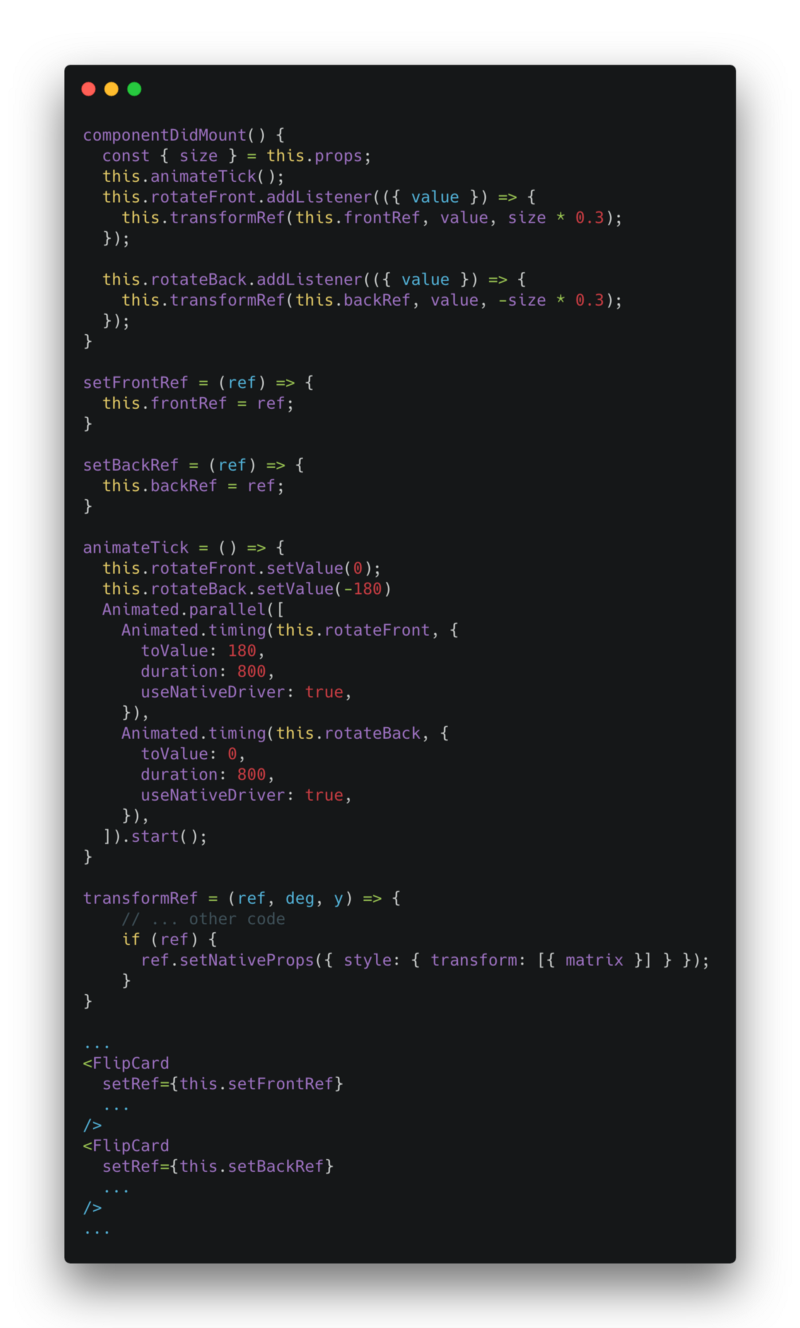
Update Timer Component
Add Time Util
This util will increment the timer by one sec and adjust hours, minutes, seconds.
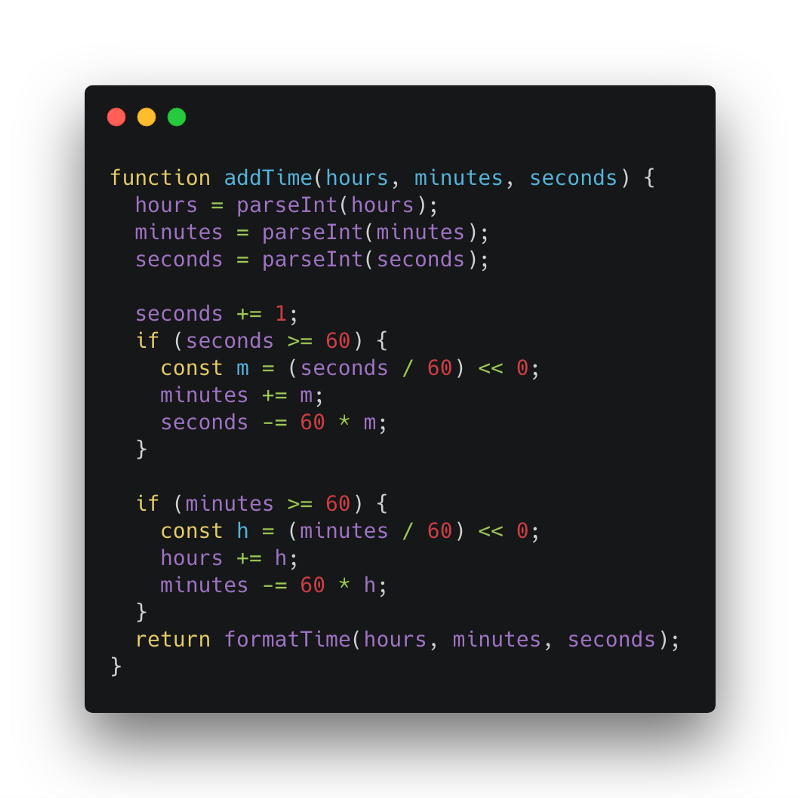
Timer Component
The timer component will call Time Util and update the component based on hours, minutes, seconds
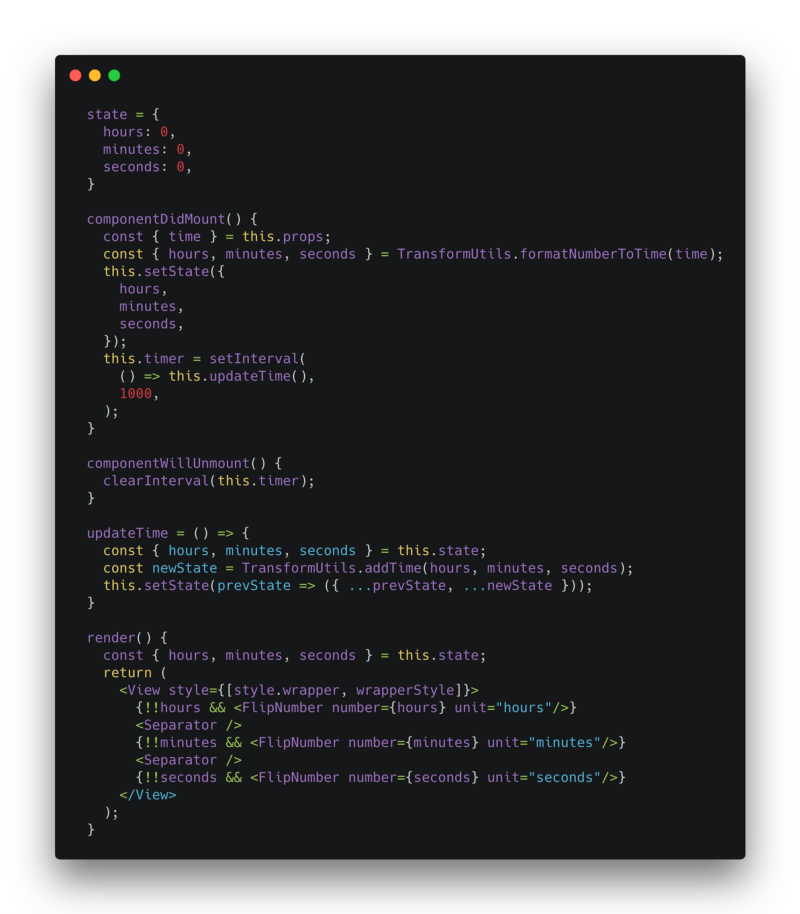
Flip Number Component
This component just splits the number into two parts based on their digit placement and calls NumberCard component .

Final Result

Links
I’ve published a package for it that contains more customizable properties.
- npm : react-native-flip-timer
- GitHub: react-native-flip-timer
More of the cool stuff can be found on my StackOverflow and GitHub profiles.
Follow me on LinkedIn, Medium, Twitter for further update new articles.
One clap, two claps, three claps, forty?

Originally published at blog.pritishvaidya.com on March 2, 2019.
